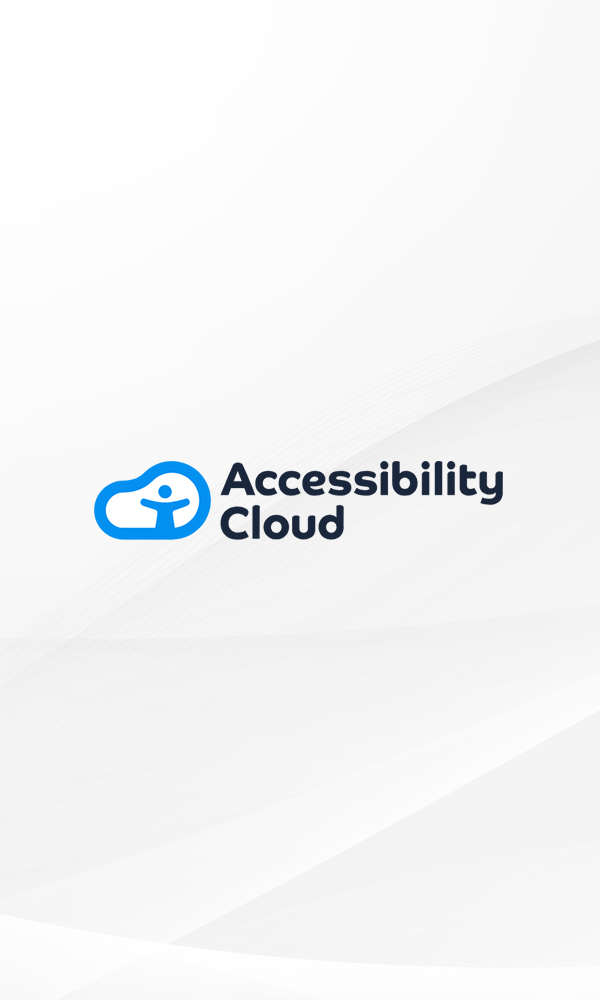Why does accessibility matter?
Accessibility is not just a best practice; it is a legal requirement. The European Accessibility Act (EAA) is set to take effect in 2025, mandating that digital products and services, including websites, must be accessible to all users, regardless of their disabilities.
Implementing accessibility features on your website ensures that it is usable by everyone. This includes individuals who are visually impaired, hearing impaired, or have mobility challenges. By making your website accessible, you provide an inclusive online experience, enabling all users to navigate, interact with, and benefit from your content and services.
Accessible websites are often more user-friendly for everyone. Features like clear navigation, descriptive alt text for images, and easily readable text benefit not only those with disabilities but also users accessing your site on different devices or in challenging environments.










